Upgrade your singing with Vibrato & Vocal Riffs!
Are you already past the beginner’s level for singing and would like to find ways to further enrich your singing skills?
Then, it is now the time where we can start to get a bit more technical! Let us take a look at a couple of vocal effect you can master to add versatility to your singing.
The 2 most popular or commonly used singing techniques for singers would be ‘vibrato’ and ‘vocal riffs /runs’
Watch the podcast video below to check out more details of what each means and how the skills can be achieved!
Senior vocal coach Bojana and Hanna are sharing their expereince teaching and learning the voice effects and offering you useful tips :)
1) What Is Vibrato?
Vibrato is a natural voice asset, a voice effect or voice skill that you can apply to your singing. Vibrato is a small variation of pitch that occurs spontaneously, achieved through an open throat and slightly closed vocal chords. It comes from the word Vibrare which means movement in Italian. It can be learned and mastered via breath support and a set of exercises targeting muscle engagement.
How to distinguish a healthy vs an unhealthy vibrato? The answer is, as long as you can control it, you are safe and on the healthy side. It is a useful voice quality that can enhance your song performance, and make you sound like you own your own singing. The presence of vibrato enriches your vocal performance by improving your musical expression and helps you achieve a better interpretation of the song that you’re singing.
2) What Are 'Riffs and Runs?
A run is when you are singing starting from a high note, which quickly and effortlessly drops down to the lowest note in one vowel or a single word. A riff is almost the same - lots and lost of notes over one word.
For a better understanding of riffs and runs, we can take a look at these music genres: R’n’B, Soul, and Gospel music. You can also tune in to singers such as Christina Aguilera, Beyonce, Jessie J, Torry Kelly, Madison Ryann and Luther Vandross and listen to how they sing!
For example, in ‘Never Too Much’ by Luther Vandross, you are able to hear all of the riffs, runs, and even a nice vibrato!
3) Tips For Singers That Want to Learn How to Do Riffs and Runs.
1) First, ANALYZE what voice range is used in a particular run or riff - is it chest voice, head voice, mixed voice or falsetto? Break it down to understand which voice you should use.
2) Learn the SCALES. In particular, learn the pentatonic and the minor pentatonic scales.
3) Practice with PATIENCE
It takes time to add these vocal effects to your singing. Nonetheless, it is worth exploring as it will change your vocal performance for the better. Voice effects will help you to enhance your artistic expression and aesthetics that we all want to hear in a song.
You can also share your practice with your vocal coach during lesson time, and ask for their feedback and comments! The rule of thumb is always: find the optimal level of challenge for your singing skill to grow, while creating your own style as you explore and imitate the style of the artists.
